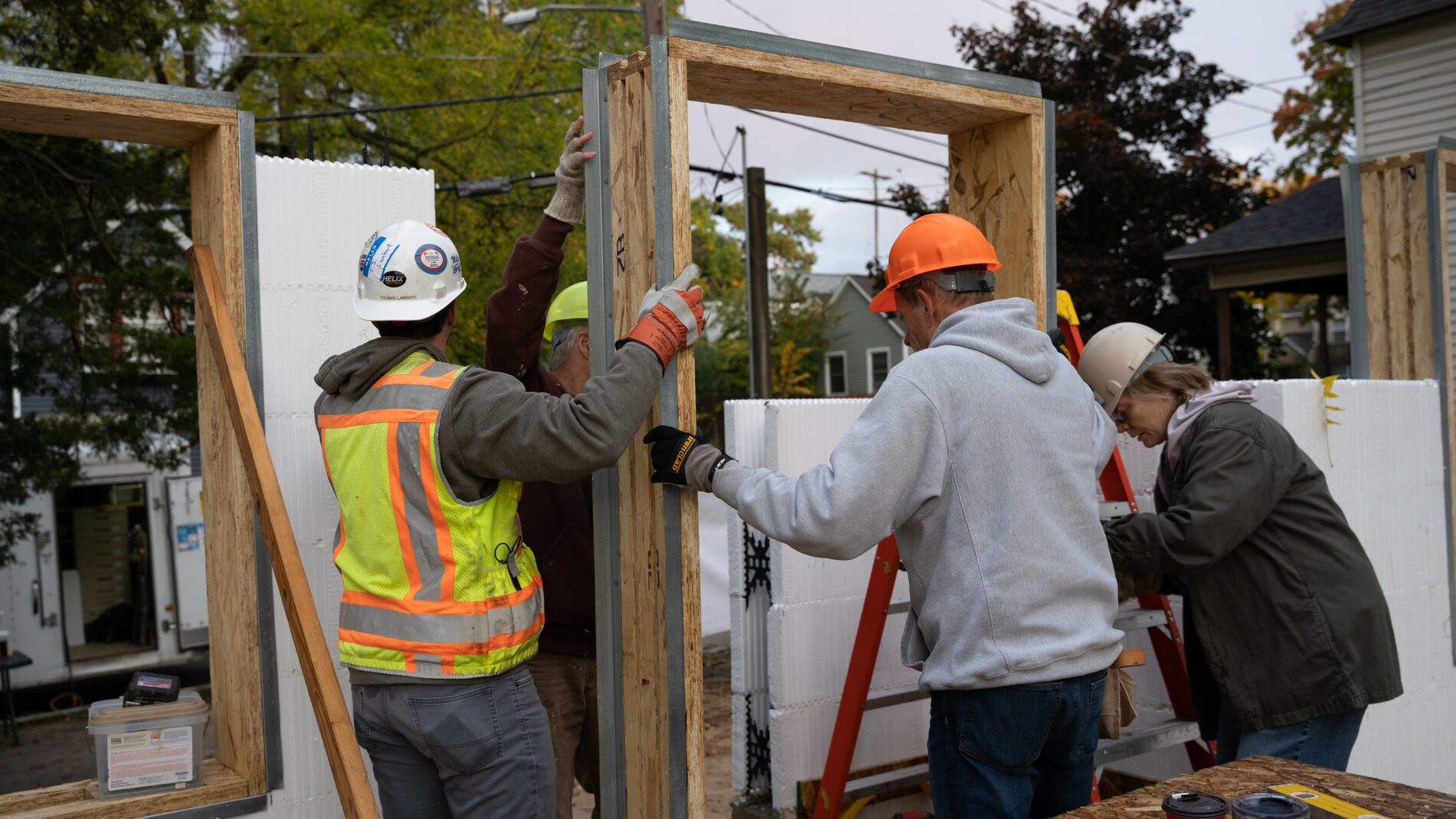If you’re in the construction industry to improve buildings, revolutionize processes and work smarter, it may be time to rethink your concrete reinforcement.
In a time when many businesses regularly source products and services from overseas markets, it’s up to those who think differently to find new ways to make local economies work while combating major environmental issues.
Some businesses are like Helix Steel – American innovators focusing on building smarter in several important areas.
The COVID-19 pandemic has taught us that buying cheap products from around the world isn’t helping the health of our planet. This fragile supply chain can also be easily disrupted, causing massive issues in practically every industry that relies on it.
In the case of the construction industry, not only were the supply chains completely fractured, contractors have had to deal with many people who left the construction trade and haven’t returned. For many, construction jobs aren’t nearly as desirable as they once were.
The other issue we keep seeing is the issue of structural resilience. The construction industry often builds with cheap materials that do the bare minimum when America has the skills, materials and techniques to make strong, long-lasting buildings faster than the antiquated techniques we rely on.
The last thing becoming more and more important is our carbon footprint. There is good science showing that our world’s average temperature is going up. To stop the rise in temperature, we need complete carbon neutral status by 2050.
Something has to be done.
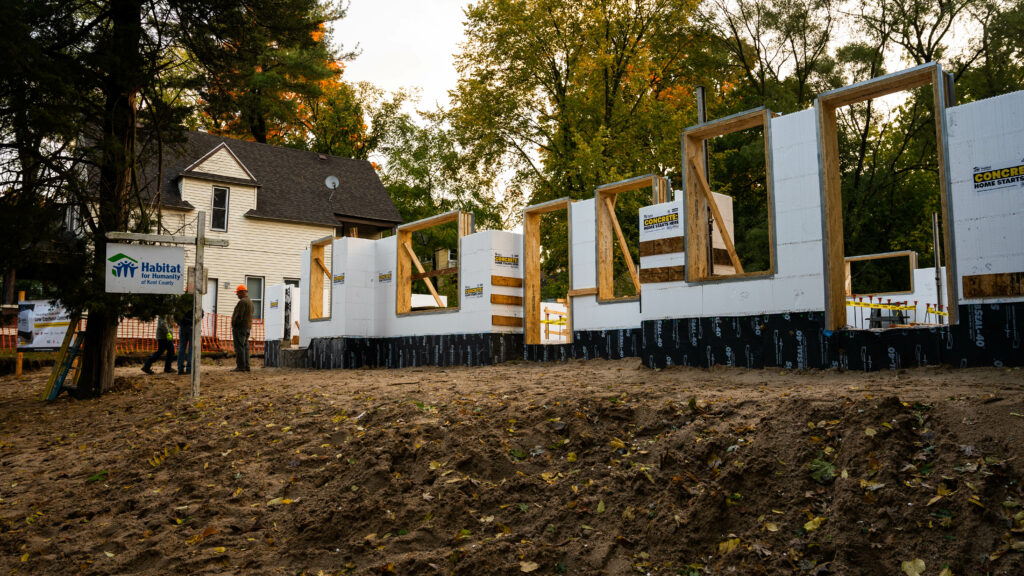
The Construction Industry Needs An Action Plan
According to many of Helix Steel’s partners and industry-leading organizations like the Portland Cement Association (PCA), the construction industry needs to achieve carbon neutrality across the cement and concrete value chain by 2050. This includes making measurable progress throughout the industry:
- We need to optimize concrete mixes;
- We need to avoid overdesigning;
- We need to leverage construction technologies; and
- We need to educate the design and construction community.
Many of the solutions included in the PCA Roadmap are products, technologies and approaches that exist today, like Helix Micro Rebar. By bringing collaborators together, PCA is helping to accomplish near-term benefits while striving toward carbon neutrality.
How is Helix Steel Helping to Achieve Carbon Neutrality?
Helix Steel’s concrete reinforcement Helix Micro Rebar greatly reduces a building’s carbon footprint.
Developed at the University of Michigan, Helix Micro Rebar is one inch long, twisted and coated, then added to concrete. (At more than 11,500 parts per pound.) The twisted design helps to stop concrete from cracking and gives extra support to increase the concrete’s average modulus of rupture.
As you may know, rebar relies purely on friction to stop cracks from increasing in size, while synthetic fiber does not start to carry a load until the material stretches, well after crack formation.
By using Helix Micro Rebar in concrete, developers are reducing the amount of steel required while, in slabs on ground, simultaneously reducing the amount of concrete needed by up to 20% by allowing for thickness reduction.
Helix Micro Rebar’s use in warehouses, manufacturing centers, bridges and precast projects is crucial, but Helix Steel also has a passion for helping to reduce environmental impact in home construction.
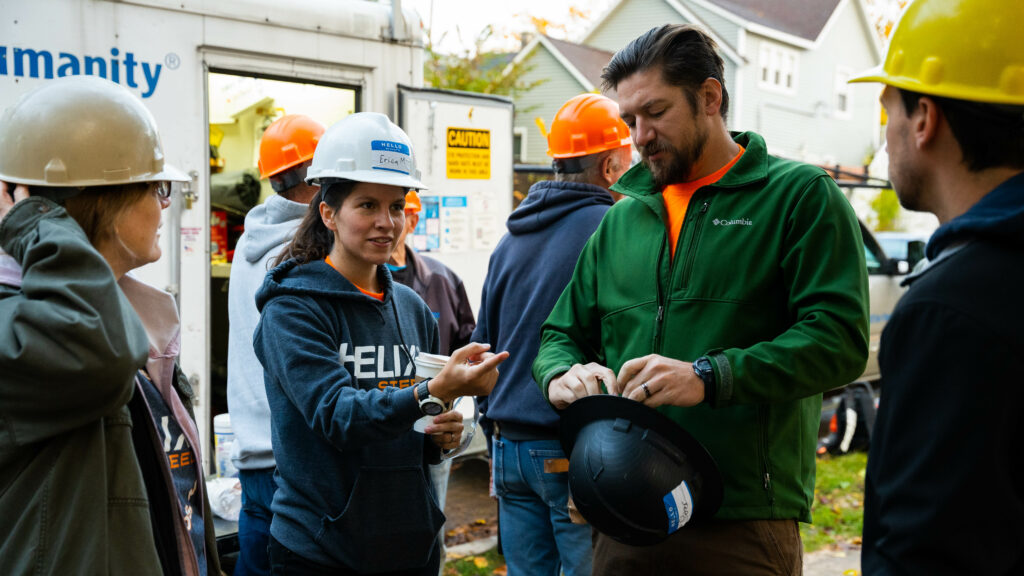
Saving the Planet Starts With Carbon-Neutral Homes
Our team here at Helix Steel has been working with Habitat for Humanity to meet many of the PCA’s action items to reduce greenhouse gas emissions and simultaneously benefit the communities in which we live.
Specifically, we are working with many other partners in building homes that use insulated concrete forms (ICF). ICF construction is a stay-in-place foam form that goes on either side of the concrete wall and provides several benefits.
There are four key benefits of ICF construction:
- Longer lifestyle – homes can last centuries
- More sustainability – reducing energy consumption
- Safety and Reliability – concrete does not rust, rot or burn
- Resilience – resistant to natural and man-made disasters
Helix Micro Rebar has been used in ICF for more than a decade and greatly reduces the amount of rebar needed in ICF blocks. It also gives owners a stronger structural solution. For example, Indigo Green primarily used Helix Micro Rebar, and received practically no damage when the Category 5 Hurrican Erma tore through the property in 2017.
Helix Micro Rebar Has Environmental Benefits
Although Helix Micro Rebar alone will not solve the global warming issue, it can help. It can reduce steel and reduce the amount of concrete needed, and so contributes to a project’s LEED points.
When wildfires tore through Paradise, California, devastating the community, it was the homes built of concrete that survived with barely a scratch. Helix Steel’s first partnership with Habitat for Humanity was actually in Paradise, and we were able to see the difference that concrete made.
Since our first Habitat for Humanity home in California, Helix Steel has contributed to 8 homes for 17 families from California to Colorado to Michigan. We’re passionate about helping our communities and we’re proud to help others in need.
More recently, in October 2022 here in our ‘home’ of Grand Rapids, Michigan, our team participated in an ICF home build with our friends at Habitat for Humanity of Kent County. We spent a whole day there and completed the first storey of the building. Not only were we able to meet many other partners in the project, but we also met with some of the people who will soon call this building home. It was a rewarding and uplifting experience to play such an important role in these families’ future.
As a huge supporter of Habitat for Humanity, Helix Steel recommends that anyone in the construction industry reach out to your local ‘Habitat’ branch. They need your skills, products and energy – and they need it more than ever before.
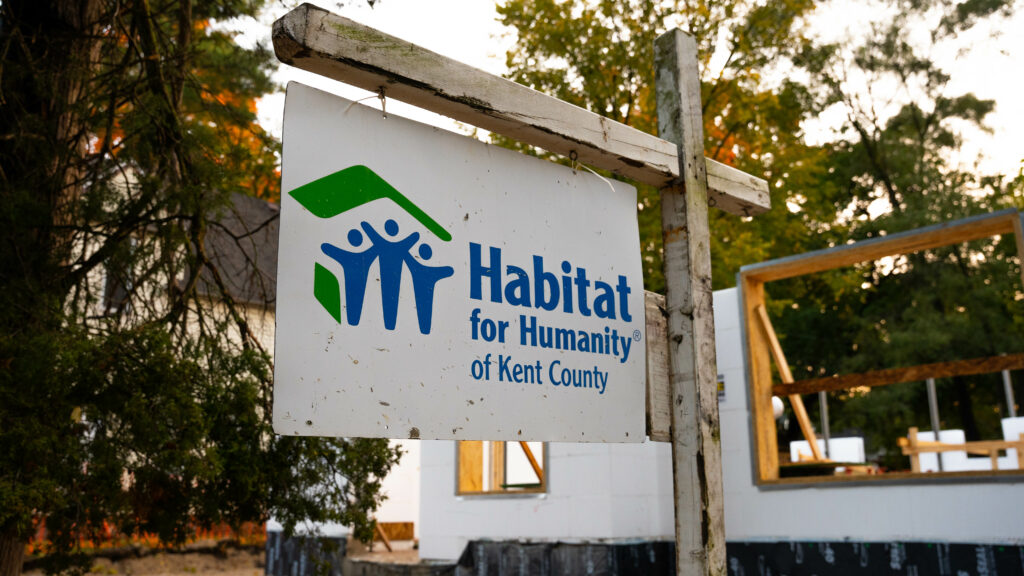
Helix Micro Rebar Meets Building Code Requirements
Helix Micro Rebar has an engineered design with ICC-ES AC470 / ESR 3949 for applications such as concrete footings, foundations, walls and slabs. These reports are specifically tailored for residential applications and meet requirements in low-seismic regions. Years of work contributed to the reports, which tested modulus of rupture, compressive strength, minimum residential strength, freeze-thaw resistance and factor a quality control audit.
The EER 3949 report includes prescriptive tables for above-grade and below-grade walls. These details are acceptable for building departments without the need to go through an engineer provided you meet the requirements.
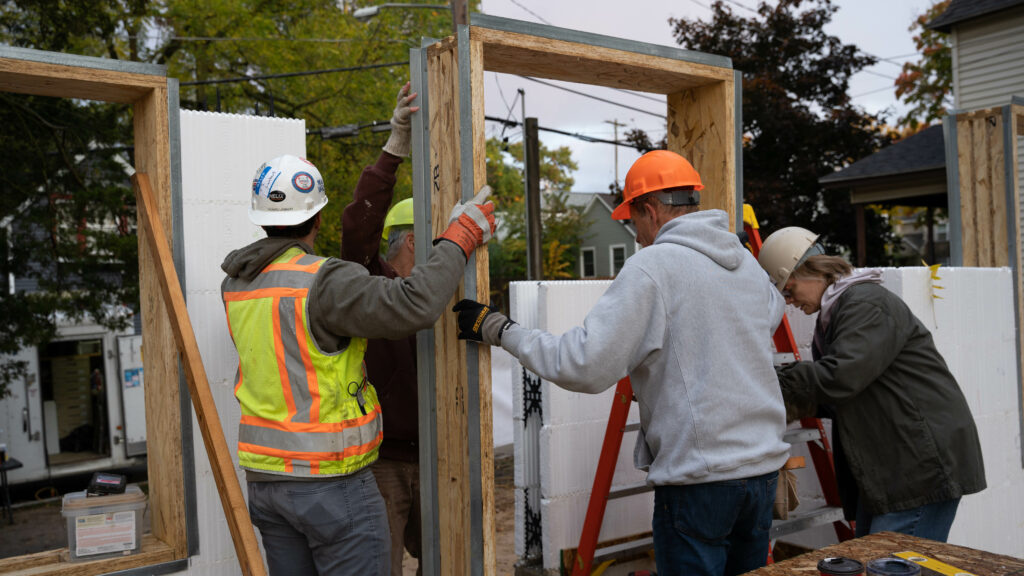
Take the Next Step in Carbon Neutrality. Start by Rethinking Your Concrete Reinforcement.
Are you interested in lowering your building’s carbon footprint? How about saving time? Or how about building better homes for your community? If so, reach out and learn more about how using Helix Micro Rebar can help. Contact us today.
More News
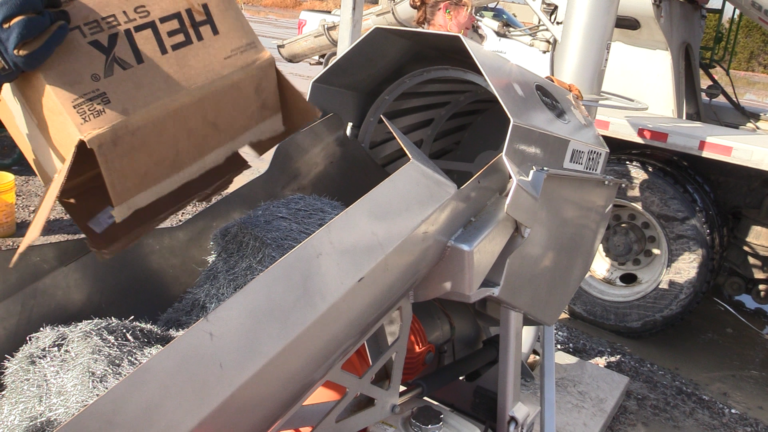
Is Your Business Still Living in the Rebar Age?
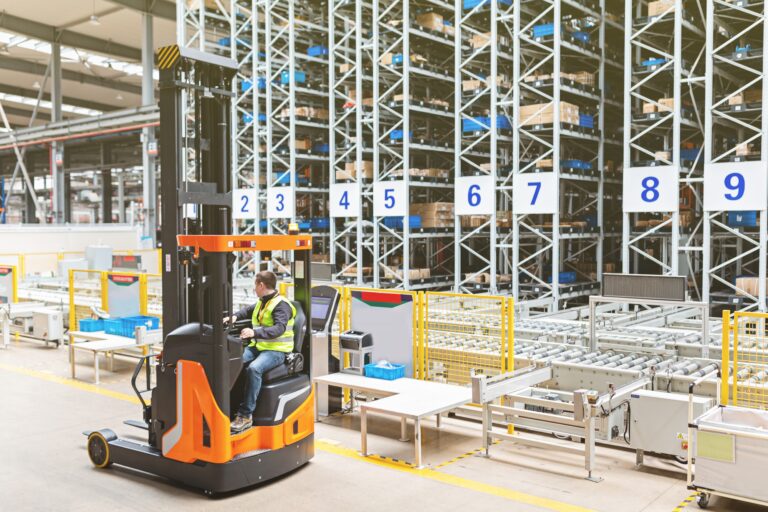
Cracking Under Pressure? Trust Helix Micro Rebar™ for Warehouses With Automated Storage and Retrieval Systems (ASRS)
Automated Storage and Retrieval Systems (ASRS) are increasingly becoming essential for modern warehousing and distribution facilities, revolutionizing how materials and products are stored and retrieved.
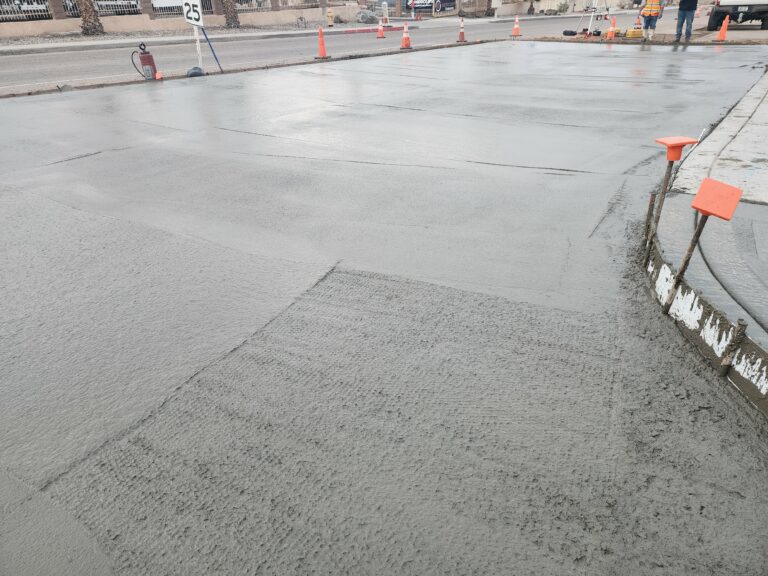
Case Study: Paving the Road to Success With a Better Concrete Reinforcement
Lake Havasu City in Northwest Arizona has faced serious issues with its asphalt roads due to the extremely high desert temperatures. Since asphalt temperatures are 40 to 60 degrees hotter than the temperature of the air, damage to roads is frequent, especially in places where vehicles are braking and turning.

